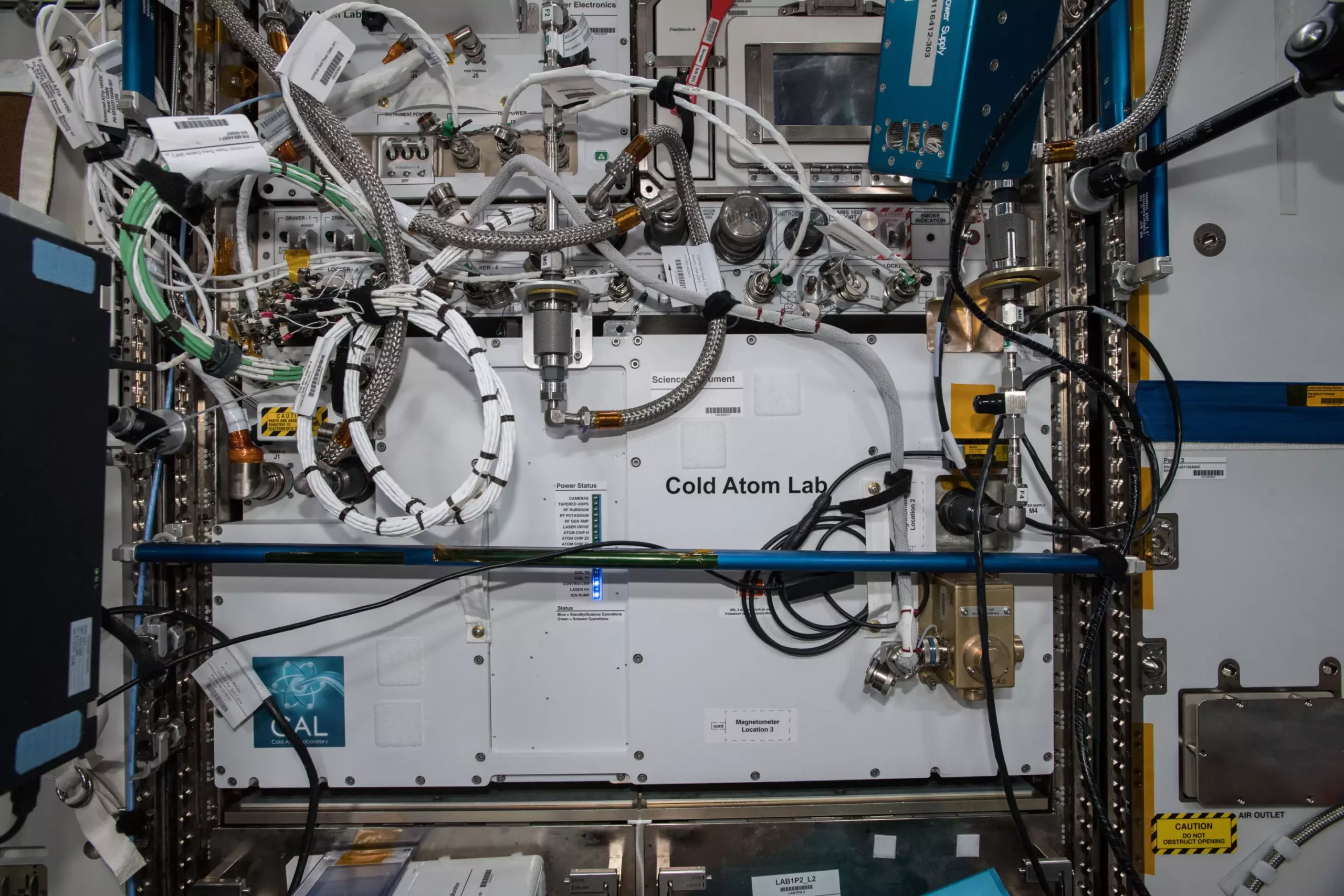NASA’s Cold Atom Lab, a groundbreaking facility aboard the International Space Station, has achieved a significant milestone in advancing quantum science in space. By utilizing ultra-cold atoms to measure vibrations and changes in the surrounding environment, the research team has demonstrated the potential for quantum technology to revolutionize our understanding of physics in the unique microgravity environment of space. This article explores the implications of these findings and the exciting possibilities that lie ahead for space-based quantum research.
The heart of the Cold Atom Lab’s success lies in the use of an atom interferometer, a cutting-edge quantum tool capable of measuring gravity, magnetic fields, and other forces with unprecedented precision. By harnessing the wave-like nature of atoms in freefall, researchers have been able to detect subtle changes in the space station’s environment, paving the way for new insights into the fundamental principles of physics. This groundbreaking approach has opened up a world of possibilities for studying gravity, dark matter, and dark energy in ways never before imagined.
The journey to achieve this milestone was not without its challenges. The fragility of the sensitive equipment and the need for remote operation presented significant obstacles that the team had to overcome. Through dedication, teamwork, and a sense of adventure, the Cold Atom Lab project scientists have proven that it is possible to conduct complex quantum experiments in space without direct human intervention. This achievement represents a significant step forward in our ability to leverage space-based sensors for high-precision measurements and scientific discoveries.
The implications of this research extend far beyond the realm of space exploration. The ability to measure gravity with unparalleled accuracy opens up a myriad of potential applications, from analyzing the composition of planets and moons to probing the mysteries of dark matter and dark energy. By testing Einstein’s theory of general relativity in new and innovative ways, researchers hope to gain a deeper understanding of the underlying principles that govern the universe. Quantum technologies like atom interferometry have the potential to revolutionize technologies such as navigation systems, telecommunications, and more, ushering in a new era of quantum advancements.
As the Cold Atom Lab continues to push the boundaries of space-based quantum research, the possibilities for new discoveries and technological innovations are endless. With its compact size and advanced capabilities, this cutting-edge facility is poised to revolutionize our understanding of quantum phenomena and pave the way for a quantum future. By harnessing the power of ultra-cold atoms and atom interferometry, scientists are on the brink of unlocking the secrets of the universe and transforming our everyday lives through quantum technologies. The future of quantum science in space is bright, and the Cold Atom Lab is leading the way towards a quantum frontier that promises to reshape our understanding of the cosmos.


Leave a Reply